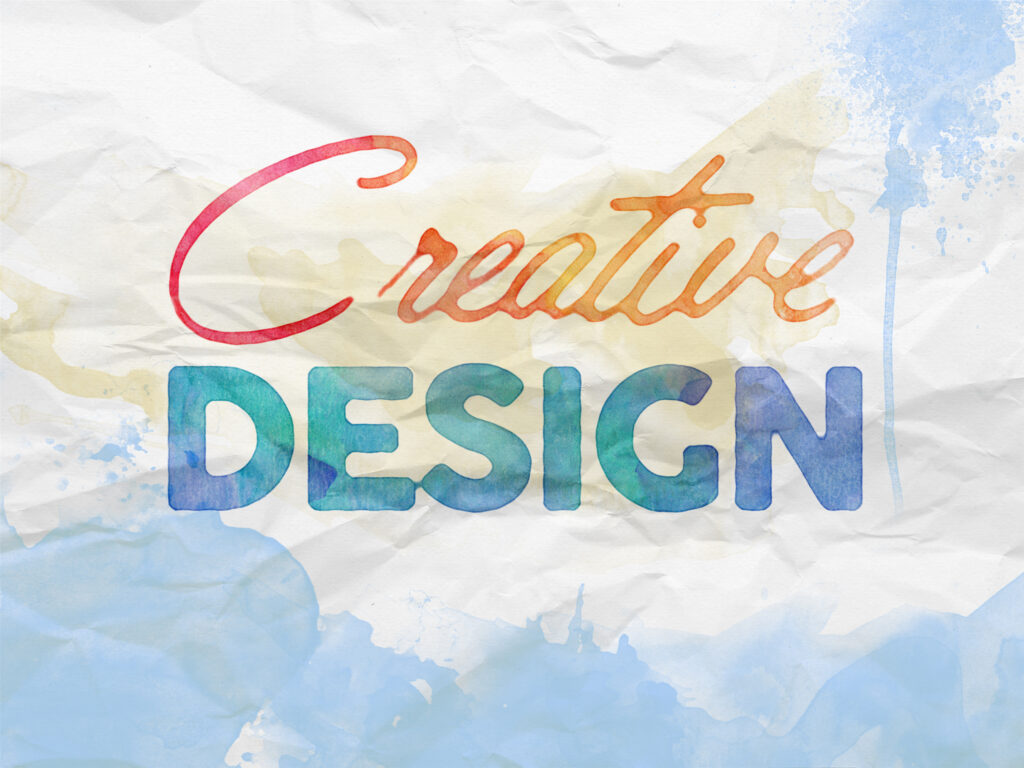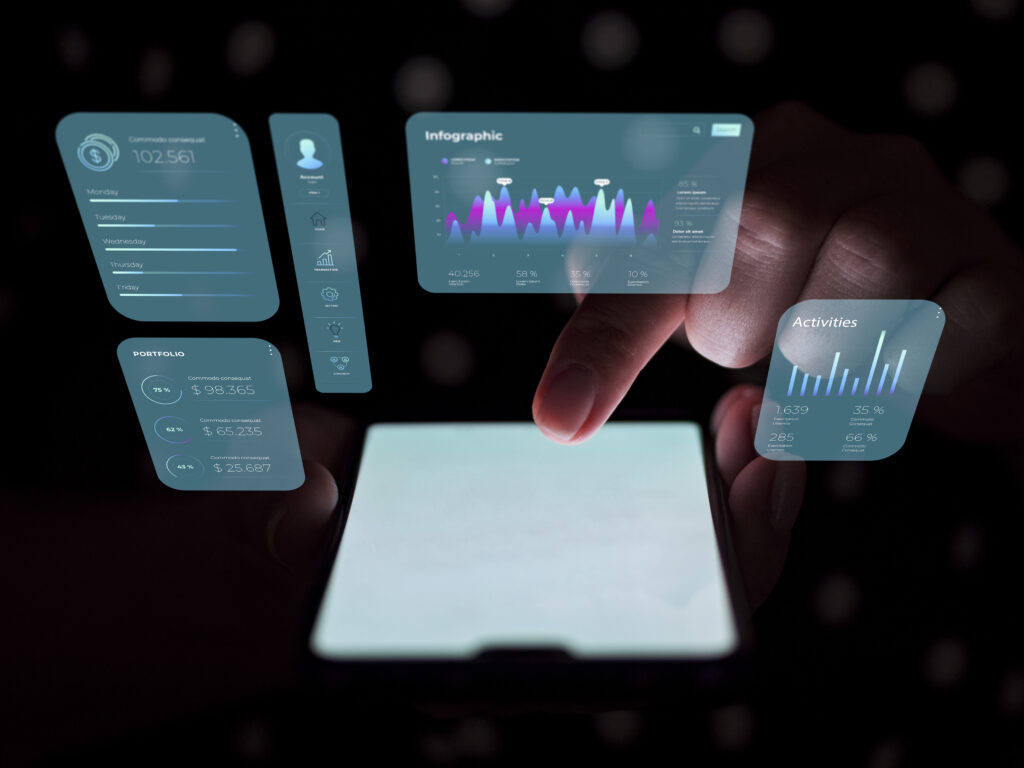In today’s speed-packed and competitive market, customers have endless alternatives at their fingertips. They constantly bombarded advertising, offers, and brand reports. Separation is a brand that goes away from one that is rich, not only in terms of the quality of the product, but also in the emotional conditions that it establishes with the audience. One of the most powerful devices to make that connection is a creative design.
Creative design is outside aesthetics. This is about providing experience, shaping perceptions, and promoting trust – all of which contribute to permanent brand loyalty. Whether through logo, packaging, websites, or advertising campaigns, the design plays an important role in impressing and attracting customers with a brand.
In this article, we will find out how creative design creates loyalty, why it means more than ever, and how action-rich methods can be used in business.
1. First Impressions Set the Stage for Loyalty
They say you in no way get a 2nd threat to make a primary impact. This is particularly true for companies competing in the virtual technology. A consumer’s first interplay with your brand—whether through your website, logo, or social media presence—shapes their notion instantly.
A thoughtfully designed visible identity alerts professionalism, trustworthiness, and credibility. For example, an easy, present-day website design makes visitors more likely to stay, browse, and sooner or later purchase. On the other hand, a cluttered or old design can push them towards competitors.
Creative design guarantees your logo is putting its first-class foot forward each and every time. When clients are inspired from the beginning, they’re more likely to go back and have interaction in addition.
2. Emotional Connection Through Visual Storytelling
People are emotional creatures, and the design is a language that speaks our emotions directly. Color, typography, and images give all specific feelings. A brand that achieves these elements creatively can establish a deep bond with the audience.
For example:
Color: expresses red energy and passion, produces blue confidence, while increasing green signals and stability.
Typography: Slakes suggests minimal font modernity, while handwritten or script fonts increase the heat and authenticity.
Pictures: High-quality scenes that reflect real customer experiences increase relatability.
When these elements are added to a harmonious brand history, customers begin to link feelings with your brand – an essential basis for loyalty.
3. Consistency Builds Recognition and Trust
Imagine walking into a shop where the logo, signage, packaging, and website all look absolutely one of a kind. You’d possibly query the professionalism of the commercial enterprise. Inconsistency breeds confusion, and confusion erodes belief.
A regular innovative layout strategy ensures that every one of your client touchpoints—online and offline—align visually and emotionally. From the shade palette and typography to the tone of images and design fashion, consistency enables customers to understand your logo instantly.
Recognition breeds familiarity, and familiarity is a cornerstone of logo loyalty. Customers who know what to expect from your brand are much more likely to choose you over and over.
4. Memorable Logos Anchor Loyalty
At the heart of every successful brand is a memorable logo. Consider Apple’s bitten apple, Nike’s swoosh, or Starbucks’ iconic siren. These trademarks are more than just symbols—they’re trademarks of consideration, high-quality, and identification.
A creatively designed emblem not only makes your emblem recognizable but also anchors long-term loyalty. Customers often put on branded merchandise or share company visuals, certainly because they feel proud to be associated with the company’s identity.
For small groups and startups, investing in a creative, unique logo layout is one of the smartest actions to build loyalty from day one.
5. User Experience (UX) Design and Loyalty
Brand loyalty isn’t pretty much visuals; it’s about the general experience customers have whilst interacting with your brand. User Experience (UX) design plays an important role here.
A nicely-designed website or app that is intuitive, easy to navigate, and visually attractive creates a continuous experience for customers. If customers experience interacting with your platform, they’re much more likely to return. On the flip side, terrible UX—difficult layouts, gradual load times, or unattractive layout—drives them away.
Great innovative design makes the consumer journey easy, enjoyable, and memorable—encouraging repeat visits and emblem loyalty.
6. Differentiation in a Crowded Market
In industries where more than one manufacturers provide similar services or products, design will become a key differentiator. Two coffee stores may promote the same latte, but the one with innovative packaging, fashionable branding, and tasty social media will stand out.
Creative layout allows brands to carve a unique identity in the market. By showcasing character and values visually, organizations can connect to a specific audience segment that resonates with their tale. This differentiation builds not just awareness but also loyalty, as clients sense aligned with a logo that “gets them.”
7. Encouraging Advocacy and Word-of-Mouth
Faithful customers often turn into advocates who market your brand to others. Creative design increases this process by sharing your brand.
Think of packaging that is so beautiful that customers post it on Instagram, or a website with a unique interface, talking about LinkedIn. These creative design elements convert loyal customers into brand ambassadors, who help you attract new target groups by strengthening the loyalty of existing customers.
8. Building Trust Through Professionalism
Trust is at the core of loyalty, and layout is one of the most powerful alerts of trustworthiness. Customers are much more likely to shop from an emblem that appears professional and polished as compared to 1 with a previous or sloppy design.
An innovative design strategy demonstrates that your business cares about nic —not simply in its services or products but in how it presents itself to the world. This professionalism fosters self-belief, which is critical for long-term loyalty.
9. Adaptability and Staying Relevant
Brand loyalty isn’t static—it evolves. Businesses must adapt their creative designs to apply to changing customer preferences and cultural shifts.
For instance, manufacturers like Pepsi, Google, and Starbucks have updated their emblems and layout patterns over the years while retaining their core identity. This adaptability ensures they continue to be fresh and related to their target market, retaining robust loyalty.
Creative design permits brands to conform without losing popularity, supporting them to keep loyalty for many years.
10. Long-Term Emotional Bonding
Finally, the creative design is more than the visual – it’s about creating a permanent emotional tape. When customers identify the brand’s history, values , and design language, they not only buy products; They buy into the brand itself.
This emotional relationship converts a time buyer into a lifelong customer. And it is used every time a brand uses design to express authenticity, stability, and reliability.
Conclusion
In a world where the consumer is overwhelmed by alternatives, brand loyalty is gold. But loyalty is not caused by accident – it is grown through frequent effort, authenticity, and, most importantly, creative design.
From logo and websites to packaging and advertising, the design affects how customers see, interact with, and eventually commit to a brand. It creates faith, separates companies, and promotes emotional connections that continue to return to customers.
For long-term businesses, it is not necessary to invest in creative design. This is a bridge between your brand and the public, and converts the transaction into loyal spokesmen in relationships and customers.



